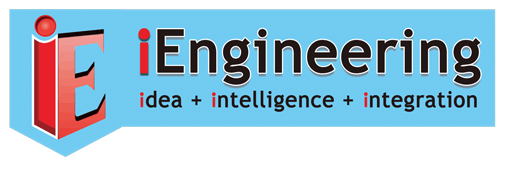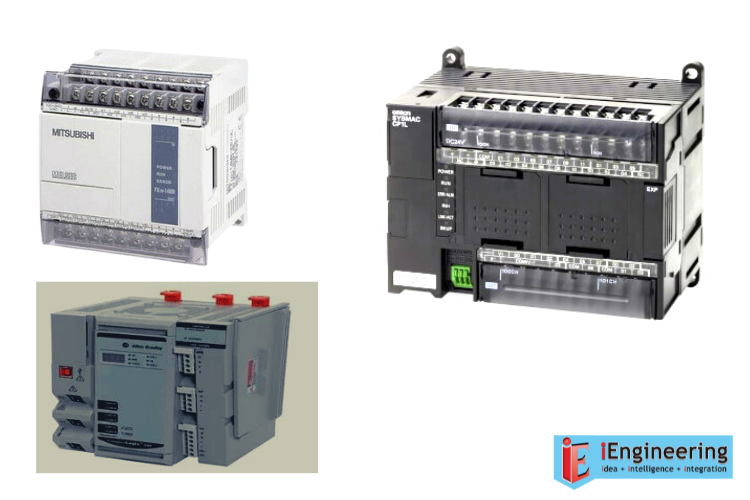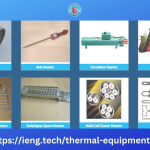Instruction before buying a PLC and advantages of using Modular PLC
Every system must eventually reach a point where it can be scaled or designed for more specific applications.
Our iEngineering Programmable Logic Controller has responded to the technical advancements by diversifying into several varieties that are suitable for each individual application, thereby maximizing each consumer’s economic resources.
PLC types can be categorized based on a few factors.
The two main types of PLCs
Owing to the fact that these two PLC types are the simplest of all the categories that are currently offered, they are the most common solutions that you will get available.
- Fixed / Compact PLC
- Modular PLC
Fixed / Compact PLC
The fixed I/O PLC is the most renowned type of PLC. Actually, “Fixed I/O” stands for Fixed “Input/Output.” When you purchase Compact PLCs, you’ll see that the microcontroller itself houses both the PLC’s input and output parts. In other words, the manufacturer defines and controls every form of output or input. The number of inputs and outputs may not be increased with this kind of PLC because they may be limited to the internal functions it is programmed with.
Modular PLC
The term “modular” refers to a form of PLC that enables various expansions of the PLC system through the use of modules. Due to the flexibility of each component, modules usually make it simpler to use the programmable logic controller and provide more functionality like more I/O units. The rack-mounted or rack-mount PLC is a type of modular PLC. All connections are centralized in a rack mount PLC because the communications module of the PLC is housed in the rack itself.
Advantages of using Modular PLC
iEngineering Modular PLC is the preferred type of PLC, especially for big industrial systems that require input or control from several devices. The Modular PLC provides the following benefits over the Fixed PLC
1. Scalability
The modular PLC is designed to offer more scalability, as the controller can be added again and again. Since this control system uses only one programmable logic controller, it becomes easier to control operations with its larger intention.
2. Number of I/O
The modular PLC’s I/O capability can be increased with the addition of modules. This will allow the use of smaller or larger I/O devices and even multiple types of modules in a single system.
3. Easier fault detection
The Modular PLC’s modules divide each function, making fault detection much simpler than it would be with Fixed I/O.
What Should I Know Before Buying a PLC?
- Power source
- Speed
- Range of Input and Output
- Connections
For more information please visit: https://ieng.tech/plc-programmable-logic-controller/
If you have any questions or enquiries, kindly feel free to email us ferdina@iengaust.com.au or anandhi@iengaust.com.au




